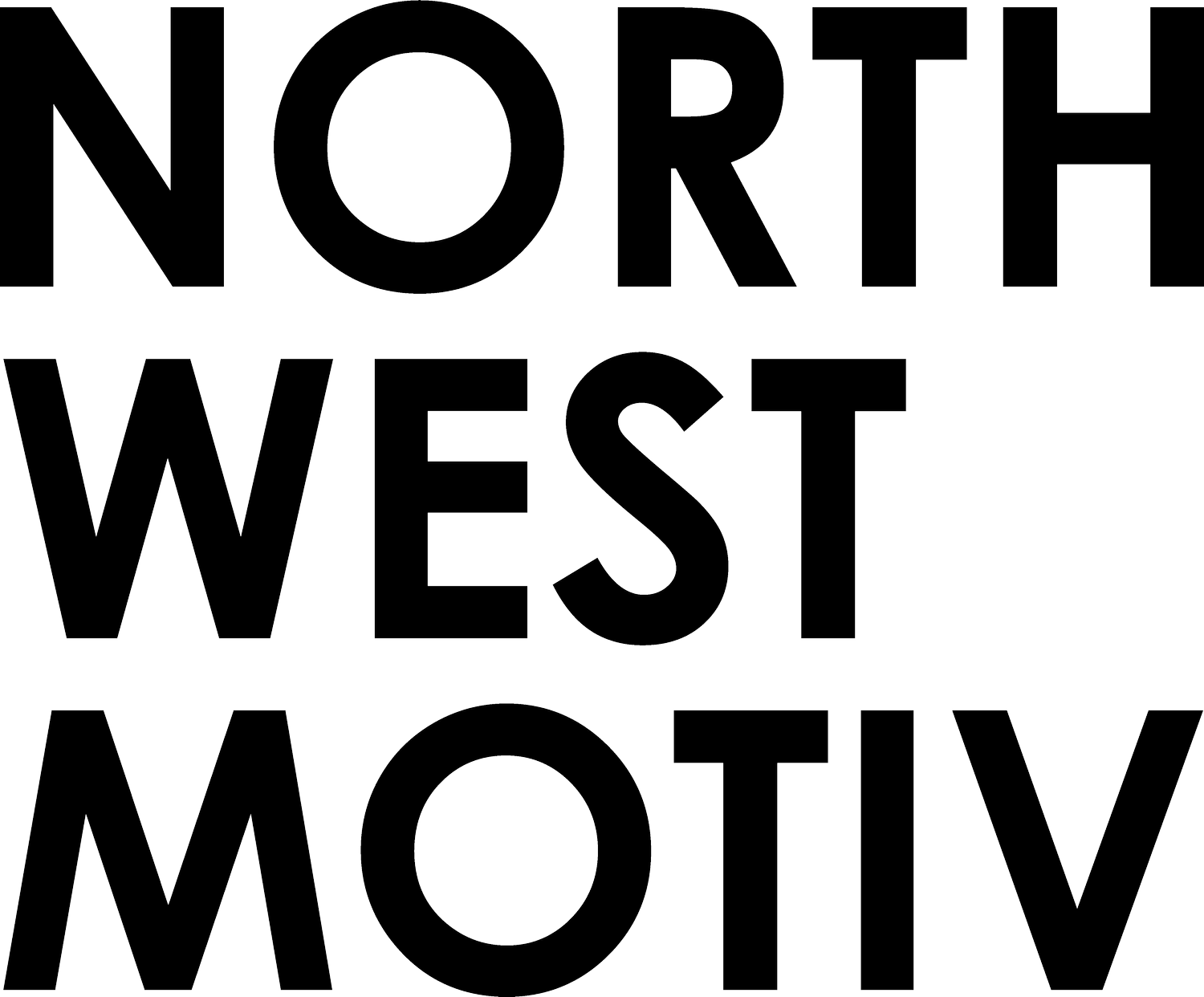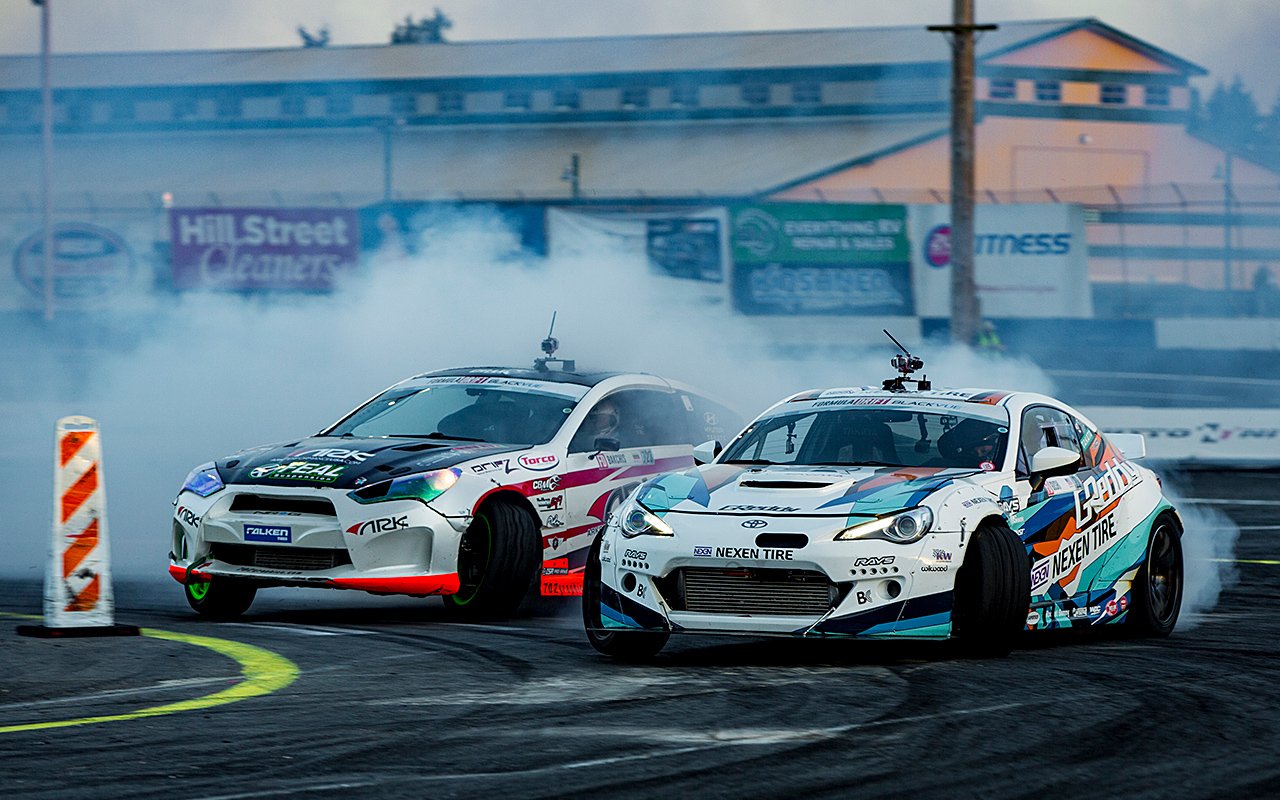FORMULA DRIFT 2016 SEATTLE COVERAGE
2016 marks the 10th year that Formula DRIFT has held a round in the championship at Monroe’s Evergreen Speedway.
Text by Armin Ausejo // Photos by Vinnie Nguyen & Armin Ausejo
Many people who have attended Formula DRIFT since that very first one in July 2006 remember how legendary the final battle was: it featured Yukinobu Okubo, in the chameleon painted Signal R34 Skyline, rip off a Toyo Tires banner on the 5/8 bank with the edge of its GT wing and carry it to victory over Rhys Millen’s evil-sounding Red Bull GTO in the Top 4. Okubo would go on to win the event, but not until his R34 had lost its front bumper and looked as if it was T-Boned on its passenger side. It was a resounding introduction of North America’s premier professional drifting series to the Pacific Northwest, and has easily changed the careers and destinies of both drivers and fans alike.
Things have definitely changed since then. No longer do we see naturally aspirated AE86s and SR20-powered Silvias competing with the likes of R34 Skylines or FD RX-7s. Instead, high horsepower is king, and it’s nearly impossible for any driver to be competitive unless they have at least 800 horsepower and a solid tire sponsorship. While this may seem discouraging to up-and-coming drivers, it’s also very much an eventuality with any popular competitive series: insert your favorite “climb in the ring with Ali” quote from The Fast and The Furious here. Nevertheless, plenty of people, professional drivers and Internet trolls alike, “think they can box,” so no matter how popular Formula DRIFT has become in the past 10 years, there’ll always be someone with something critical to say about it.
One of these criticisms for the Evergreen Speedway event was the alteration of the track layout. The basic course is the same, but some clipping points were moved for the sake of driver safety and an overall smoother and continuous run. The most noticeable of these was at the last turn, where drivers are now about 20-30 feet away from the wall, rather than scrubbing the wall with the rear of their cars. This allowed drivers to stay in second gear on the last turn, and provided a smoother transition after the power alley. However, it definitely seemed that this, combined with the moving of the clipping point off the 5/8 bank, resulted in overall slower speeds for all of the drivers. That may sound a little disappointing, but in actuality it led to some really good driving and a high number of “one-more-times” compared to previous years.
The slower speeds didn’t create a lack of accidents either. While there weren’t any infamous incidents like last year’s between Tyler McQuarrie and Justin Pawlak, drivers Alex Heilbrunn, Dai Yoshihara, Matt Coffman, and Dean Kearney all had close personal relationships with the wall, or each other. Vaughn Gittin, Jr. had a bad accident during qualifying practice that nearly destroyed his entire suspension, but within three hours he was back out there and ended up in the top qualifying spot. Despite Gittin’s top qualifying position, he lost in the Top 16 to “Karnage” Kearney. Local driver and favorite Cameron Moore was solid in qualifying, but he ended up losing to two-time Formula DRIFT champion Chris Forsberg.
Many one-more-times later, the field was whittled down to the Top 4, with Matt Coffman, after surviving a collision with Dean Kearney in the previous bout, pitted against Chris Forsberg. Despite some suspension issues after the collision with Kearney, Coffman was able to push hard against Forsberg, but a spin-out eventually gave Forsberg the win to advance to the finals. Ken Gushi went up against Odi Bakchis in the other semi-final bout, but couldn’t keep the pace with him, which sent Bakchis against Forsberg in the final. Having previously won in 2009 and 2013, Forsberg hoped to add a third Seattle win to his belt, but solid driving by Bakchis and some errors on Forsberg’s part ended up giving Bakchis the win.
As much as Formula DRIFT has changed in the past 10 years, the competition and driving quality has remained constantly high. Drifting has become part of the Pacific Northwest culture, and it wouldn’t be surprising to still see it going strong a decade from now. We definitely look forward to many years to come, and to hopefully see more Pacific Northwest based drivers competing for the championship crown.







